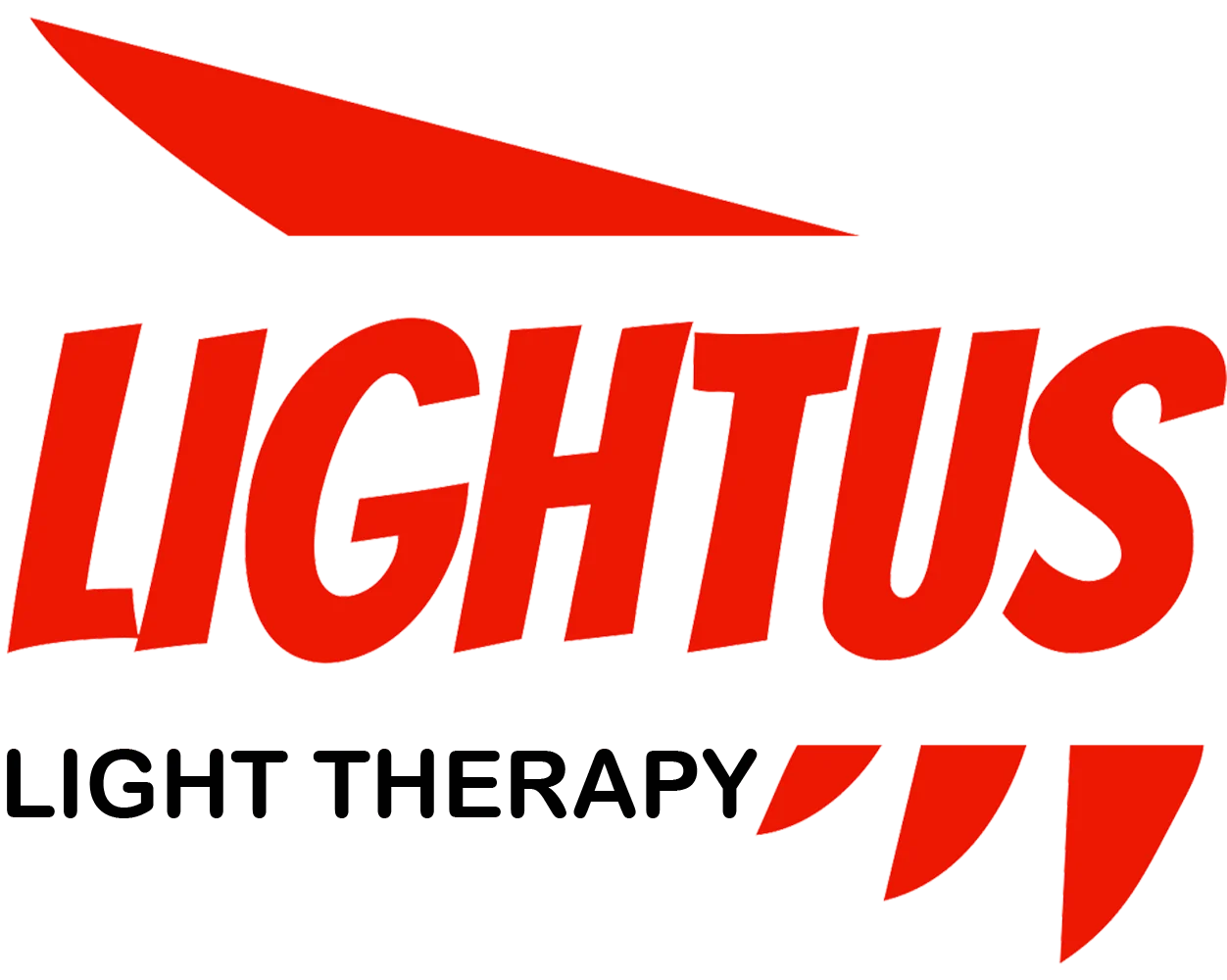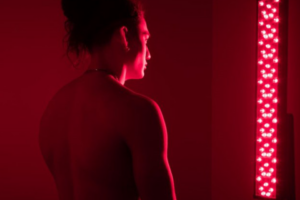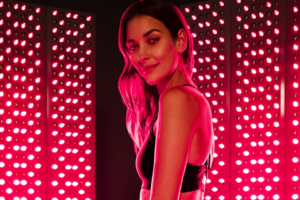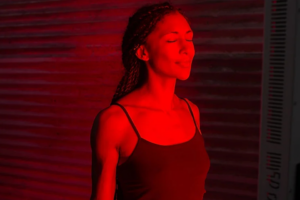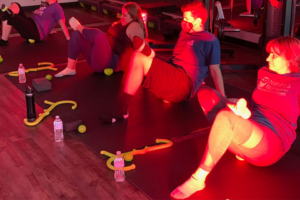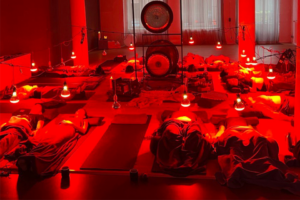Unlocking the Power of Red Light Therapy: A Comprehensive Guide to Its Benefits and Applications

Red light therapy has been gaining significant attention in recent years as a non-invasive, drug-free approach to improving various aspects of health and wellness. This article will delve into the fascinating world of red light therapy, exploring its potential benefits, applications, and the science behind this innovative treatment. Whether you’re looking to enhance your skin health, reduce pain, or boost your overall well-being, red light therapy may offer promising solutions. Let’s shed some light on this intriguing therapeutic approach and discover why it’s worth considering.
Table of Contents
What is Red Light Therapy and How Does It Work?
Red light therapy, also known as photobiomodulation or low-level laser therapy, is a treatment that uses low wavelengths of red and near-infrared light to stimulate cellular function. But how exactly does this process work?The therapy involves exposing the body to red and near-infrared light waves, typically in the range of 630-850 nanometers. These wavelengths penetrate the skin to varying depths, interacting with the mitochondria – the powerhouses of our cells. This interaction is believed to boost energy production within cells, leading to a cascade of beneficial effects throughout the body.One of the key mechanisms behind red light therapy is its ability to increase adenosine triphosphate (ATP) production. ATP is the primary energy carrier in cells, and by boosting its production, red light therapy may enhance cellular function and repair processes.
What Are the Potential Benefits of Red Light Therapy?
Red light therapy has been associated with a wide range of potential health benefits. Here are some of the most notable:
- Improved skin health and appearance
- Reduced inflammation and pain
- Enhanced wound healing
- Stimulated hair growth
- Improved muscle recovery and performance
- Potential mood and cognitive benefits
It’s important to note that while many of these benefits are supported by research, the efficacy of red light therapy can vary depending on the specific condition and individual factors.
Can Red Light Therapy Improve Skin Health?
One of the most well-known applications of red light therapy is in the realm of skin health. But how effective is it, and what skin conditions can it potentially treat?Red light therapy has shown promising results in improving various aspects of skin health, including:
- Reducing fine lines and wrinkles
- Improving skin tone and texture
- Decreasing inflammation associated with acne and other skin conditions
- Promoting collagen production
A study published in the Journal of Clinical and Aesthetic Dermatology found that red light therapy could significantly improve skin complexion and feeling of skin softness, smoothness, and firmness1.For those interested in incorporating red light therapy into their skincare routine, devices like the 4-in-1 Magic Beauty Skincare Facial Red Light Therapy Wand offer a convenient at-home option.
How Effective is Red Light Therapy for Pain Relief?
Many individuals turn to red light therapy as a non-pharmacological approach to pain management. But does it really work?Research suggests that red light therapy may indeed be effective in reducing various types of pain, including:
- Chronic back pain
- Osteoarthritis pain
- Neck pain
- Dental pain
A meta-analysis published in The Lancet found that low-level laser therapy (another term for red light therapy) was effective in reducing neck pain in the short term2.For those seeking pain relief, products like the Wearable Red Light Therapy Wrap for Pain Relief and Weight Loss may provide targeted treatment for specific areas of the body.
Can Red Light Therapy Promote Hair Growth?
Hair loss is a common concern for many individuals, and red light therapy has emerged as a potential solution. But how effective is it in promoting hair growth?Several studies have investigated the use of red light therapy for hair growth, with promising results. A 2014 study published in Lasers in Surgery and Medicine found that red light therapy increased hair count by an average of 35% in males with androgenetic alopecia3.For those interested in trying red light therapy for hair growth, devices like the LED Red Near Infrared Light Therapy Hat for Hair Restoration offer a convenient at-home option.

What Role Does Red Light Therapy Play in Wound Healing?
Wound healing is another area where red light therapy has shown potential. But how does it work, and what types of wounds can it help with?Red light therapy may promote wound healing through several mechanisms:
- Increasing blood flow to the affected area
- Stimulating collagen production
- Reducing inflammation
- Enhancing cellular energy production
A review published in the journal Anais Brasileiros de Dermatologia found that low-level laser therapy could be an effective tool in promoting wound healing, particularly for diabetic ulcers and other chronic wounds4.
How Can Red Light Therapy Benefit Athletes and Fitness Enthusiasts?
Red light therapy has gained popularity among athletes and fitness enthusiasts for its potential to enhance performance and recovery. But what does the research say?Studies have suggested that red light therapy may:
- Reduce muscle fatigue and soreness
- Improve muscle strength and endurance
- Enhance recovery after intense exercise
A 2016 study published in the Journal of Biophotonics found that pre-exercise red light therapy could increase muscle performance and decrease muscle damage in athletes5.For those looking to incorporate red light therapy into their fitness routine, the Medical Grade 1080 LEDs Whole Body Red Light Therapy Panel for Athletes offers a comprehensive solution.
What Are the Potential Side Effects and Risks of Red Light Therapy?
While red light therapy is generally considered safe, it’s important to be aware of potential side effects and risks. What should users be cautious about?Red light therapy is non-invasive and doesn’t use harmful UV rays, making it relatively safe for most people. However, some potential side effects may include:
- Temporary redness or warmth in the treated area
- Mild eye strain if proper eye protection isn’t used
- Potential interactions with certain medications
It’s always recommended to consult with a healthcare professional before starting any new treatment, including red light therapy.
How Does Red Light Therapy Compare to Other Light Therapies?
Red light therapy is just one type of light therapy. How does it compare to other forms, such as blue light therapy or photodynamic therapy?While all light therapies use light to achieve therapeutic effects, they work in different ways and are used for different purposes:
- Red light therapy: Primarily used for skin health, pain relief, and cellular regeneration
- Blue light therapy: Often used for acne treatment and mood disorders
- Photodynamic therapy: Used in conjunction with photosensitizing agents for treating certain cancers and skin conditions
Each type of light therapy has its unique applications and mechanisms of action.
Can Red Light Therapy Be Used at Home?
With the increasing popularity of red light therapy, many are wondering if it can be effectively used at home. What options are available for home use?Yes, red light therapy can be used at home with various devices available on the market. These include:
- Handheld devices
- Light therapy masks
- Full-body panels
For those interested in at-home red light therapy, the 200 Dual LEDs Flicker Free 660nm 850nm NIR Home Red Light Therapy Devices offer a comprehensive solution for full-body treatment.When using red light therapy at home, it’s important to follow the manufacturer’s instructions and start with shorter sessions to gauge your body’s response.
What Does the Future Hold for Red Light Therapy?
As research in the field of red light therapy continues to expand, what can we expect in the future?The future of red light therapy looks promising, with ongoing research exploring its potential in various areas, including:
- Neurological disorders
- Mental health conditions
- Metabolic disorders
- Cancer supportive care
As our understanding of the mechanisms behind red light therapy grows, we may see more targeted and effective applications in the coming years.
Key Takeaways
To summarize, here are the most important points to remember about red light therapy:
- Red light therapy uses low wavelengths of red and near-infrared light to stimulate cellular function
- It has potential benefits for skin health, pain relief, wound healing, hair growth, and athletic performance
- While generally safe, it’s important to use red light therapy correctly and be aware of potential side effects
- At-home red light therapy devices are available, but professional guidance is recommended
- Ongoing research continues to explore new applications and refine existing treatments
Red light therapy offers an exciting, non-invasive approach to various health and wellness concerns. As with any treatment, it’s essential to approach it with an informed perspective and consult with healthcare professionals when necessary. Whether you’re looking to enhance your skincare routine, manage pain, or boost your overall well-being, red light therapy may be worth considering as part of your health and wellness toolkit.
A red light therapy panel for full-body treatment
Footnotes
- Wunsch, A., & Matuschka, K. (2014). A Controlled Trial to Determine the Efficacy of Red and Near-Infrared Light Treatment in Patient Satisfaction, Reduction of Fine Lines, Wrinkles, Skin Roughness, and Intradermal Collagen Density Increase. Photomedicine and Laser Surgery, 32(2), 93-100. ↩
- Chow, R. T., Johnson, M. I., Lopes-Martins, R. A., & Bjordal, J. M. (2009). Efficacy of low-level laser therapy in the management of neck pain: a systematic review and meta-analysis of randomised placebo or active-treatment controlled trials. The Lancet, 374(9705), 1897-1908. ↩
- Lanzafame, R. J., Blanche, R. R., Bodian, A. B., Chiacchierini, R. P., Fernandez-Obregon, A., & Kazmirek, E. R. (2014). The growth of human scalp hair mediated by visible red light laser and LED sources in males. Lasers in Surgery and Medicine, 46(8), 601-607. ↩
- Andrade, F. S., Clark, R. M., & Ferreira, M. L. (2014). Effects of low-level laser therapy on wound healing. Revista do Colégio Brasileiro de Cirurgiões, 41(2), 129-133. ↩
- Ferraresi, C., Huang, Y. Y., & Hamblin, M. R. (2016). Photobiomodulation in human muscle tissue: an advantage in sports performance? Journal of Biophotonics, 9(11-12), 1273-1299. ↩
